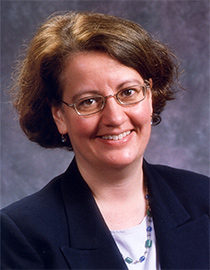A very wise colleague once told me to understand scholarly developments it is helpful to ask, who is the enemy? As John Schlegel points out, for “old” legal realism, the enemy was formalism…
According to them, formalism failed to consider what law students like to call “the real world”, focusing instead on the glorious and beautiful internal consistency of law (but see Brian Tamanaha’s recent book on how the realists may have been oversimplifying) – and on the authority and legitimacy that flowed from that consistency (at least according to Weber). Simply considering the real world effects and context of legal decisions in a serious and concerted way was a marked departure for its time. But there was social science of law (what do judges actually do) and then there was social science in law (the Brandeis brief). The enemy of social science of law was the idea that laws always actually do what they say they do; hence these scholars’ emphasis on “gaps” between the law on the books and the law in action, and their revolutionary idea that “non-legal norms” could drive legal decisions in systematic ways. In the modern age of Bork-esque confirmation hearings and newspaper front-page counting of Supreme Court votes, one can only respond “well, duh”. We’re well beyond the insight that legal decisions do not depend solely on law. But interdisciplinary new legal realism scholars aspire to do more than demonstrate the gap. They seek to identify the theoretical mechanisms producing the gaps, and the implications of those mechanisms for the effects, and perhaps ultimately the legitimacy of law. The available theories are much richer than in old legal realism days because the social sciences have moved through a lot of regime changes since then. For example, the enemy of structural/functionalism was neo-Marxism, the enemy (sort of) of neo-Marxism was post structuralism, the enemy of modernism was postmodernism (reader don’t fault me for leaving out your favorite battle). Similarly, social science methods have changed over time. Qualitative methods were once thought far superior to quantitative methods, which were left to the second-class women demographers; today, well, draw your own conclusions. To say that to be a legal realist, as Leiter said in an old blog post, “you didn’t need social science training to do this kind of analysis, you just needed to be a sensitive and skeptical reader of court opinions” perhaps understates how rare this real world viewpoint was, and also how new the methods and perspectives of the social sciences were then. New legal realists believe that in a world of modern theory and methods, being a sensitive and skeptical reader of court opinions is a necessary, but not sufficient, condition for realist analysis. Why? Because the enemy of modern social science is very often our commonsense intuitions about how the real world works — that is, scientists want to understand how and why those intuitions are simply wrong, as an empirical matter.
In any event, let me be clear, Brian Leiter is not the enemy here, only the catalyst for a very useful discussion of what legal realism means in the (post) modern era.

